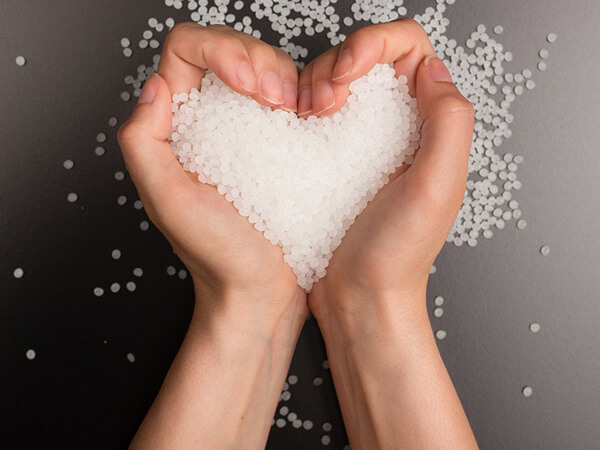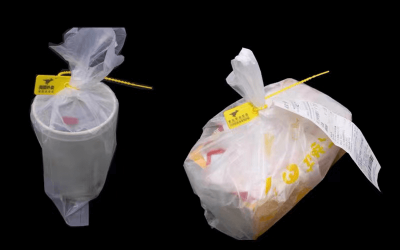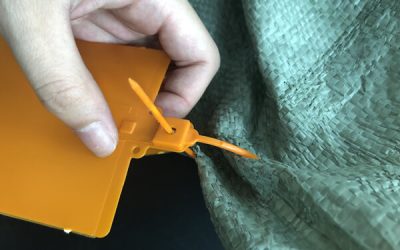Way of degradation
The sun’s rays have capabilities in its ultraviolet light (UV light) and infrared radiation, which bring about the incorporation of oxygen molecules into the plastic, a process known as oxidation. As more and more oxygen intermingles with the polymer in the plastic, it becomes brittle and easier to break into ever-diminishing pieces. But in our real life, this is an incredibly lengthy process, often taking as much as 100 years or more for the sun to break down the plastic completely and for the microbes to assimilate the polymer molecules.
Because of these reasons, people often turn to alternative methods of plastic disposal. There are three forward-thinking ways–Photodegradation, thermal-oxygen degradation and biodegradation.
1) Photodegradation
Photodegradation is a process that changes the basic structure of a polymer by cross-linking, chain scission, and oxidative processes. Adding additives to plastics (such as PP and PE) will speed up the plastics’ break into tiny pieces. But whether small pieces of plastic continue to metabolize and convert to carbon dioxide (CO2), we have to mark a question mark.
2) Thermal oxygen degradation
Thermal-oxygen degradation is when polymers are exposed to shear stress, heat, oxygen, light, air, water environment and trigger chemical reactions leading to molecular weight and chemical composition changes. Polymers will degrade into small pieces very slow. So in practice, the manufacturer adds additives to accelerate the degradation speed of polymers. However, so far, there is still no clear evidence proving the polymers will fully degrade in a short time.
3) Biodegradable
When talking about “biodegradable,” we imply a particular method of creation or disposal. All materials are degradable. The difference is some materials degrade faster, and some materials degrade slower. Biodegradable materials are those fully degradable in a limited time. Based on the degradable environment, there are three types of biodegradable methods, “Compost degradation,” “soil degradation,” and “seawater degradation.”
In theory, the microorganisms will completely convert biodegradable material into water, CO2, and biomass. The most common biodegradation materials are PLA, PBAT, starch-based plastics, or a mix of these three materials.
In addition to biodegradable materials, currently, many manufacturers claim that they developed a new biodegradable additive. It’s hard to imagine a material you could add to polymers that would magically make them biodegradable. According to their information, these additives will attract more microorganisms to accelerate the degradation of plastics.






0 Comments